St. Marks: Where Good Things Come in Small Packages
The sun is barely up in St. Marks, Florida, as the town gently wakes to the rhythms of the day. Boaters cruise slowly toward the confluence of the St. Marks and Wakulla Rivers, on their way to Apalachee Bay and the Gulf of Mexico. Cyclists clad in crayon-bright gear pedal onto the shady, 16-mile stretch of the Tallahassee – St. Marks Historic State Trail. At the end of Riverside Drive, a few folks stir at family-run Shields Marina. A couple of blocks over, Miss Joy opens Bo Lynn’s Grocery at 7 a.m. sharp, as she has done for more than half a century.
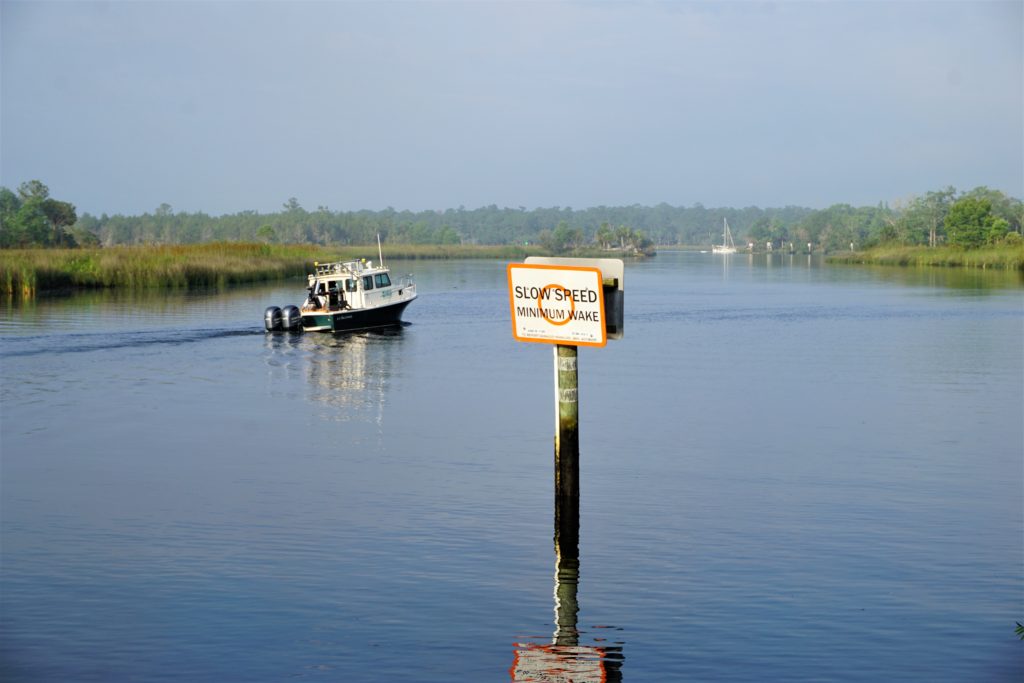
You might wonder what there is to do in this town of 275 people. The road (Highway 363) literally ends here at the southern end of Wakulla County. Yet, like so many small Florida towns, St. Marks is full of surprises.
Located on two rivers and bordered by 68,000-acre St. Marks National Wildlife Refuge, the tiny waterfront community is a haven for hikers, cyclists, boaters, nature lovers and fishing enthusiasts.
And though last year’s scuffle with Hurricane Michael flooded several businesses and homes, residents, in a display of classic coastal fortitude, donned waders, mopped up and renovated. St. Marks is back in business, as it has been for several centuries.
A Portal to the Past
Dig a little deeper into this off-the-beaten path destination and you discover that its sleepy appearance belies an action-packed history.
Naturally, it begins with Native Americans. The Apalachee tribe prospered here for centuries before the first European contact. A hearty, statuesque tribe, they benefited from the abundant game and seafood. Eventually, disease spread by contact with Europeans decimated the Apalachee. Europeans first began arriving in 1527, when Spanish explorers led by Pánfilo de Narváez, visited the area. The conditions were so inhospitable, only a handful of the 300-man expedition survived. One was expedition treasurer Álvar Núñez Cabeza de Vaca. “Because of de Vaca’s memoirs, we know what happened here,” says Bonnie Jean Allen, park services specialist at San Marcos de Apalache Historic State Park.
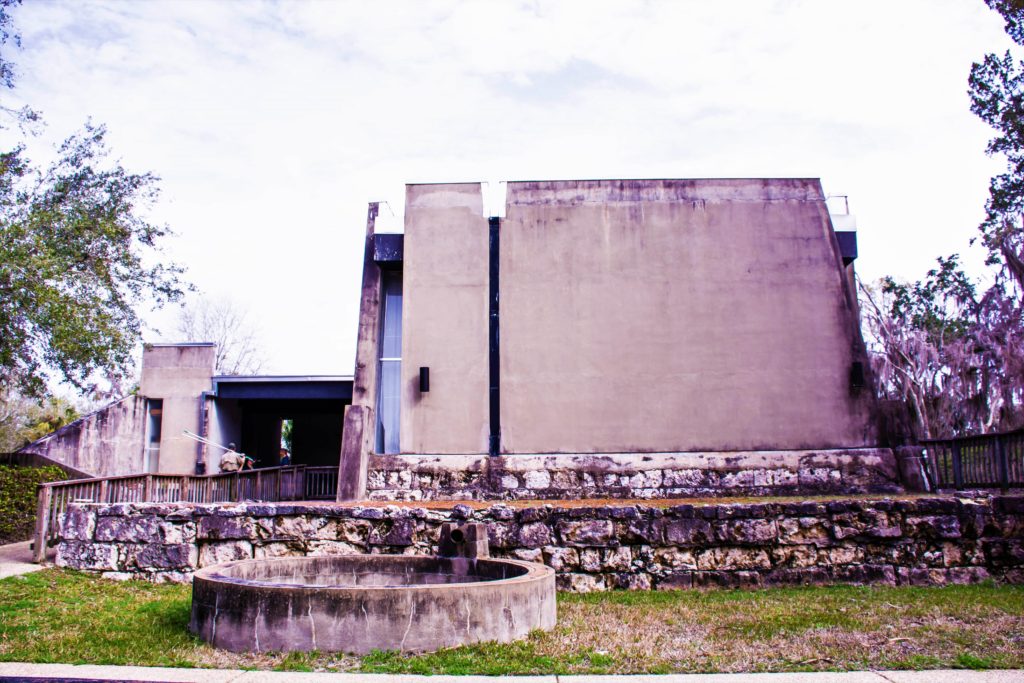
Between 1680-1759, the Spaniards built a series of wooden and masonry forts at San Marcos de Apalache. Holding onto the territory proved difficult, after attacks from the British, French, Indians and pirates. Spain lost control of the site for good in 1818, when Andrew Jackson invaded Florida during the First Seminole War. In 1821, the property was officially transferred from Spain to the U.S. Army. The town of St. Marks was officially established in 1830. Around 1857-1858, a hospital was built at the fort site for yellow fever victims. Finally, during the Civil War, at what was then called Fort Ward, Confederates defended the area from the Union Army, safeguarding the St. Marks entry point for the duration of the war.
This brief history lesson illustrates two little-known, but remarkable points: St. Marks is one of the oldest settlements in the U.S. and it flew under five flags, just like St. Augustine, Florida.
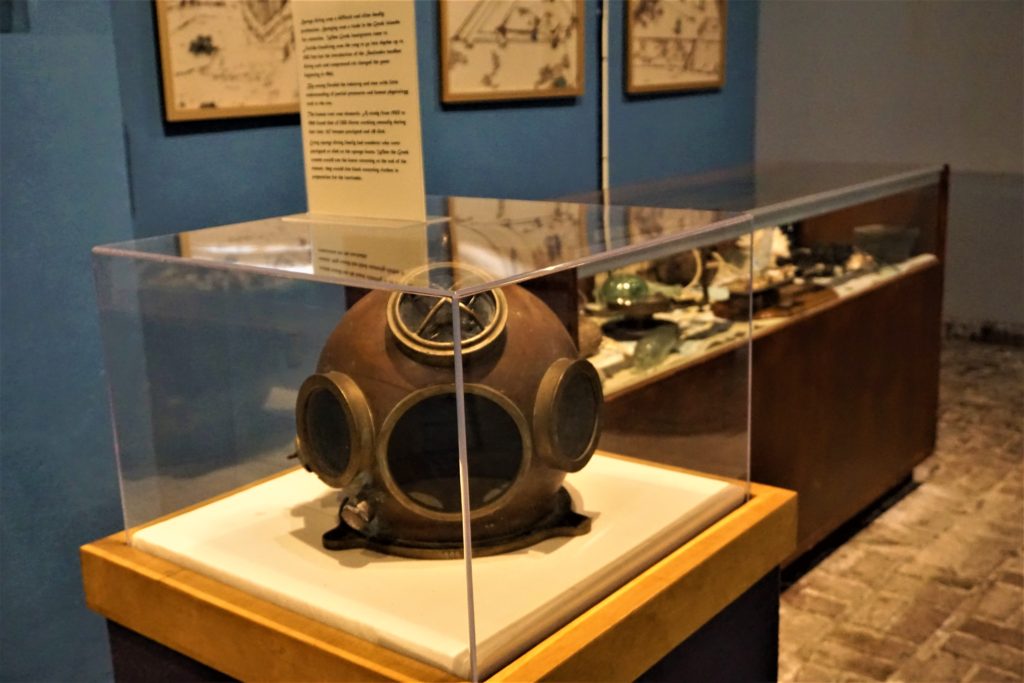
To immerse yourself in St. Marks’ history, start at the fort site. As you stroll the self-guided interpretative trail, look for fort ruins, remains of a Spanish moat and a Civil War gun powder magazine. A small museum interprets the site’s historic milestones, from ancient Apalachee inhabitants to doomed Spanish expeditions and the marine hospital. Wandering along verdant paths past moss-covered ruins and the graves of 19 soldiers, you’re not surprised to learn there are a few ghosts in residence. Note: Fort hours are 9 a.m.-5 p.m., Thursday-Monday.
Contemplate all this while picnicking on the 15-acre grounds – grills, picnic tables and hammock rings are available. Across the street, you’ll find more shade-covered picnic areas, a public boat ramp and fishing pavilion at St. Marks River Park on Old Fort Drive.
Cycling and Coffee, Anyone?
St. Marks is a fun day trip from Tallahassee along the paved bike trail, which has three trailhead entry points. Florida’s first state rail-trail follows an abandoned railbed of the Tallahassee-St. Marks Railroad, which operated from 1836-1983. Restrooms, benches and mile markers are situated along the way. If you don’t own a bike, call ahead to rent one from Shields Marina. As you approach St. Marks, follow the signs and crossover path to The Shack Coffee Boutique.
It’s the first of several pleasant surprises you won’t want to miss, whether cycling or driving. Stepping inside, you’re greeted by a casually chic ambiance you might not expect in rural Florida. Troy Norine, the tanned, affable owner, opened the café after leaving corporate life and Minnesota behind. Now semi-retired, he calls his adopted hometown, “About as authentic old Florida as you can get.” With his wife Jan Emmons, Norine created a thoughtfully curated breakfast and lunch menu. Order up an organic fair trade tea or coffee with a frittata or a healthy smoothie for breakfast; soup du jour, sandwich or salad for lunch. The cooler stays filled with old fashioned soda brands and local beers. There’s a nice wine selection, too. Added bonus: There’s free WiFi anytime and live music on most weekends.
While there, stop next door at the Beach Trader and peruse shabby chic furniture painted by owner/artist George McCreery. His ever-evolving eclectic gallery features photography, jewelry and coastal décor by regional artists.
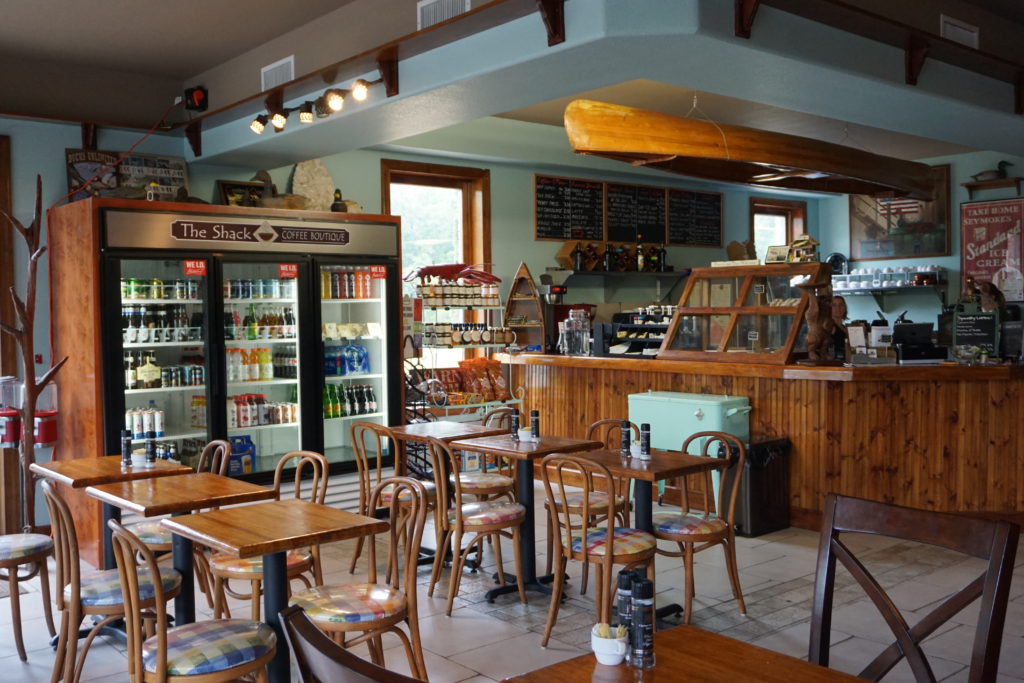
The Sweet Spot
To fully experience St. Marks, stay overnight at the Sweet Magnolia Inn. Recently renovated courtesy of Hurricane Michael, the seven rooms are beautifully appointed and spotless, from the whisper quiet ceiling fans to the gleaming wood floors salvaged from an old school gymnasium. “The man who first built this inn added all the little touches you wouldn’t ordinarily think of,” says Denise Waters, innkeeper. Denise and her husband Andy carry on in that hospitable tradition. Upon arrival, guests enjoy a complimentary cheese and fruit platter and adult beverage on the spacious porch or in a garden gazebo overlooking a koi pond. An amenities area remains stocked with beverages, snacks, bottled water and other items a traveler might need, but forgot to pack. Mornings begin with a full Southern breakfast. Work off the indulgence with a ride on one of the inn’s bikes – recumbent or regular frame. If you’re really lucky, you might witness a spontaneous performance by none other than George Clinton. The funk legend and Tallahassee resident occasionally takes a turn at the Inn’s piano.
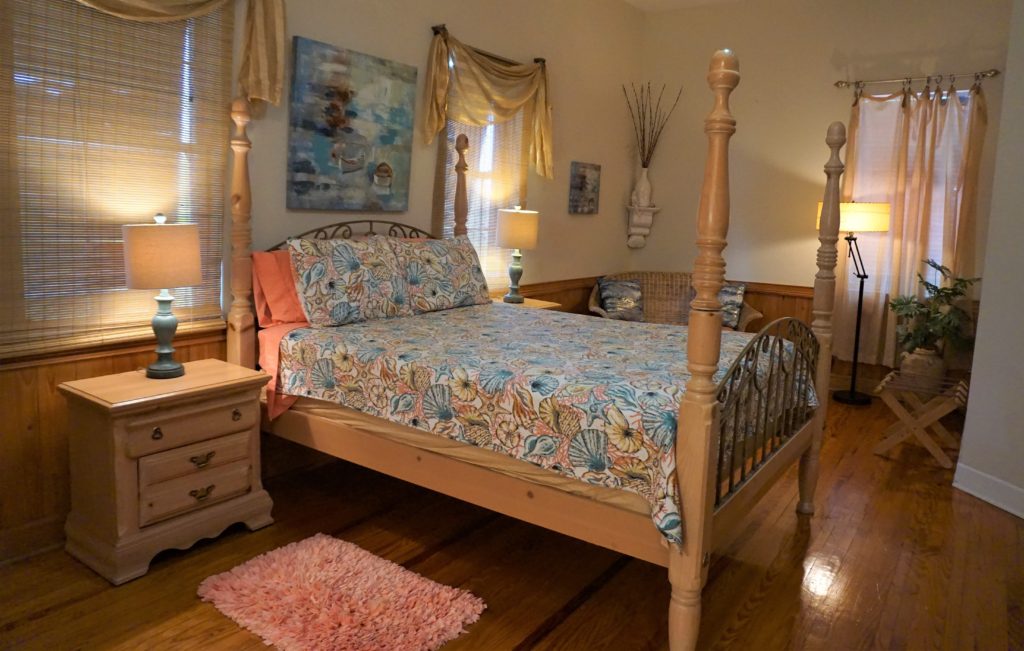
A Fisherman’s Fantasy
Spend a few hours in St. Marks, and you understand why Clinton, an avid fisherman, makes the trip from Tallahassee. With three boat ramps, two marinas, two rivers and Gulf access, it’s a fisherman’s fantasy. Don’t own a boat? Rent a pontoon, kayak, canoe or paddleboard from Shields Marina, a large full-service facility with dry dock storage, a well-stocked marine supply store and a double boat launch available for a mere $5.00 in and out. “From our marina, it’s six miles by boat to Apalachee Bay,” says Chuck Shields, owner. The Marina’s website also provides local weather and tide chart information.
If you’re tight on time, simply drop a line from scenic Tucker’s Point at the fort. “You can cast your line and catch a trout; cast again and catch a red fish,” says Bonnie Jean Allen.
Looking for a simple spot to spend the night before rising for a redeye fishing trip? Rustic Shell Island Fish Camp does the job. With a boat launch on the Wakulla River, the Camp’s cottages and motel are a go-to spot for die-hard anglers. There’s also a limited number of campsites on the Wakulla River, as well as boat rentals and fishing guides for hire.
A Community Treasure
If you didn’t plan ahead for your picnic or fishing excursion, order a take-out “boating box” from The Shack Coffee Boutique. Or purchase what you need at a venerable local landmark the National Register of Historic Places calls Miss Joy’s Bo Lynn’s Grocery.
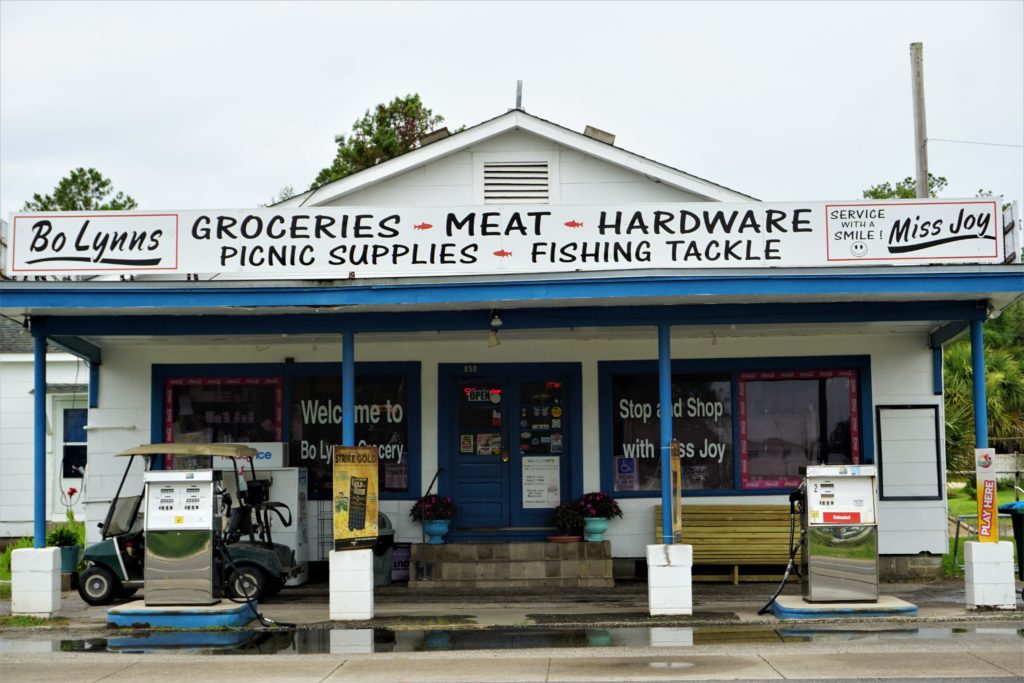
Unfazed by hurricanes or modernity, this Depression Era grocery and gas station steadfastly serves customers as it has since 1936, when Mr. J. T. “Bo” Lynn opened the doors. In 1957, after the business had grown to become the largest grocery store in town, Bo Lynn disappeared in a storm while boating. In 1965, his widow sold the business to Miss Joy Brown, who has run it ever since. From 7 a.m. to 8 p.m., Monday-Saturday, the soft-spoken Miss Joy treats customers as she would like to be treated, with courtesy and a smile. Bo Lynn’s presence is still felt, from the weather-beaten yet serviceable glass display case to hardware cubbies filled with nuts and bolts of all descriptions. “The men like to shop there,” Miss Joy says. It’s the place in town to stock a cooler or buy a cooler and fill it with refreshments or maybe peruse the lending library. If you take a book, leave a book or purchase it for less than a dollar. “I try to have just about anything people might need out here,” she says. Ask to see Miss Joy’s “St. Marks Pictorial History” book, painstakingly restored after a hurricane destroyed the original. Still have questions? Ask Miss Joy. She’s lived through a lot and knows even more about this small town with big stories.
Looking for fresh seafood to take home? Call ahead to St. Marks Seafood, (850-925-6489) or Lynn Brothers — yes yes, they’re related to Bo — (850-925-6083). Both sell fresh local fish, blue crabs and stone crabs in season.
Rockin’ by the River
Stick around on weekends, and you may hear soft jazz or mellow acoustic sounds emanating from The Shack or Sweet Magnolia B&B. When the sun sets, the live music and party pace picks up at Cooter Stew Café and Riverside Café in the heart of town.
Tip: Visit in October, and you can partake in the city’s annual Stone Crab Festival.
Nature-based Adventures
As the evening wears on, nature’s music takes over. The steady rhythm of peeping frogs forms the Florida backwoods version of white noise. It’s interrupted occasionally by a gator’s primeval bellow or an owl’s mournful call.
To immerse yourself deeper into the natural world, visit two of Wakulla County’s finest features. About 12 miles away, Edward Ball Wakulla Springs State Park offers hiking trails, boat tours, picnicking and swimming in 70-degree springs. The 1930s-era 27-room lodge is classic old Florida, with a dining room overlooking the springs.
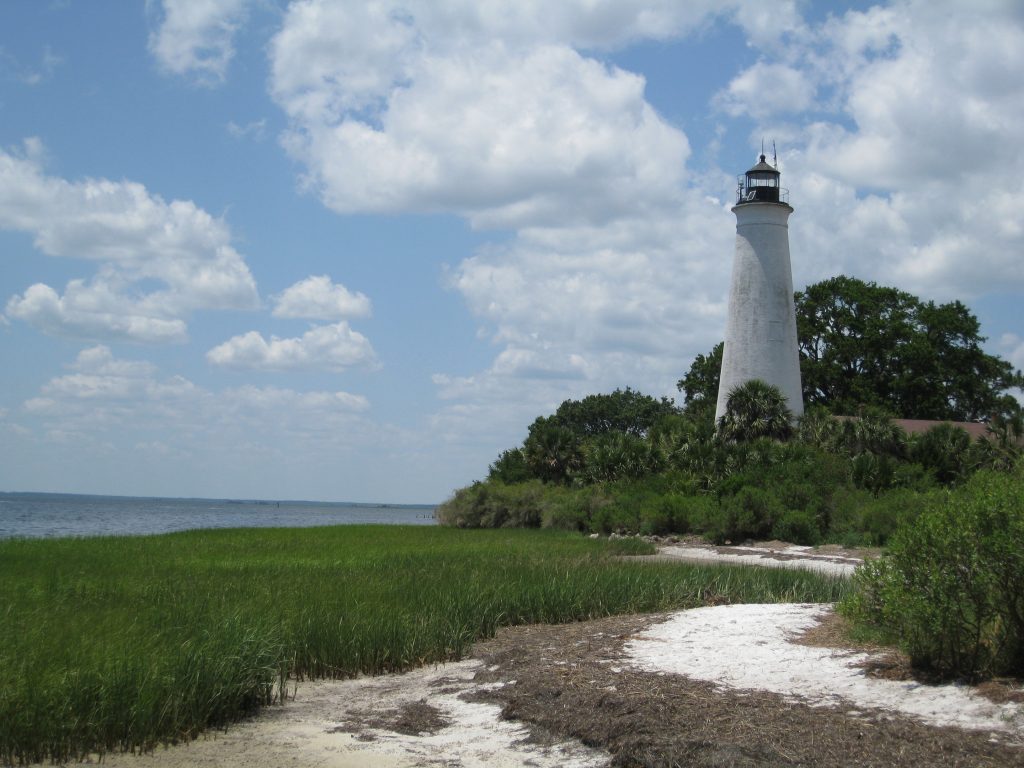
Even closer to town (8.4 miles), St. Marks National Wildlife Refuge provides birding, fishing, hiking and horseback trails. Start at the Visitor’s Center, where you’ll find maps, directions and interpretative displays. Tours of the historic lighthouse – the second oldest in Florida – take place the first Saturday of most months.
It’s easy to work up an appetite while exploring the vast Refuge. For another true taste of rural Florida, opt for Ouzts’ Too Oyster Bar and Grill, a roadside eatery that looks like a cross between a fish camp and biker bar. (Not to worry – it’s family-friendly.) Order a fried shrimp or oyster basket and a local beer, then cool your heels at a picnic table. It’s not fancy, but it’s fun, and that’s the point of visiting St. Marks and other small towns in natural north Florida.
For more information on St. Marks, see www.visitwakulla.com.

